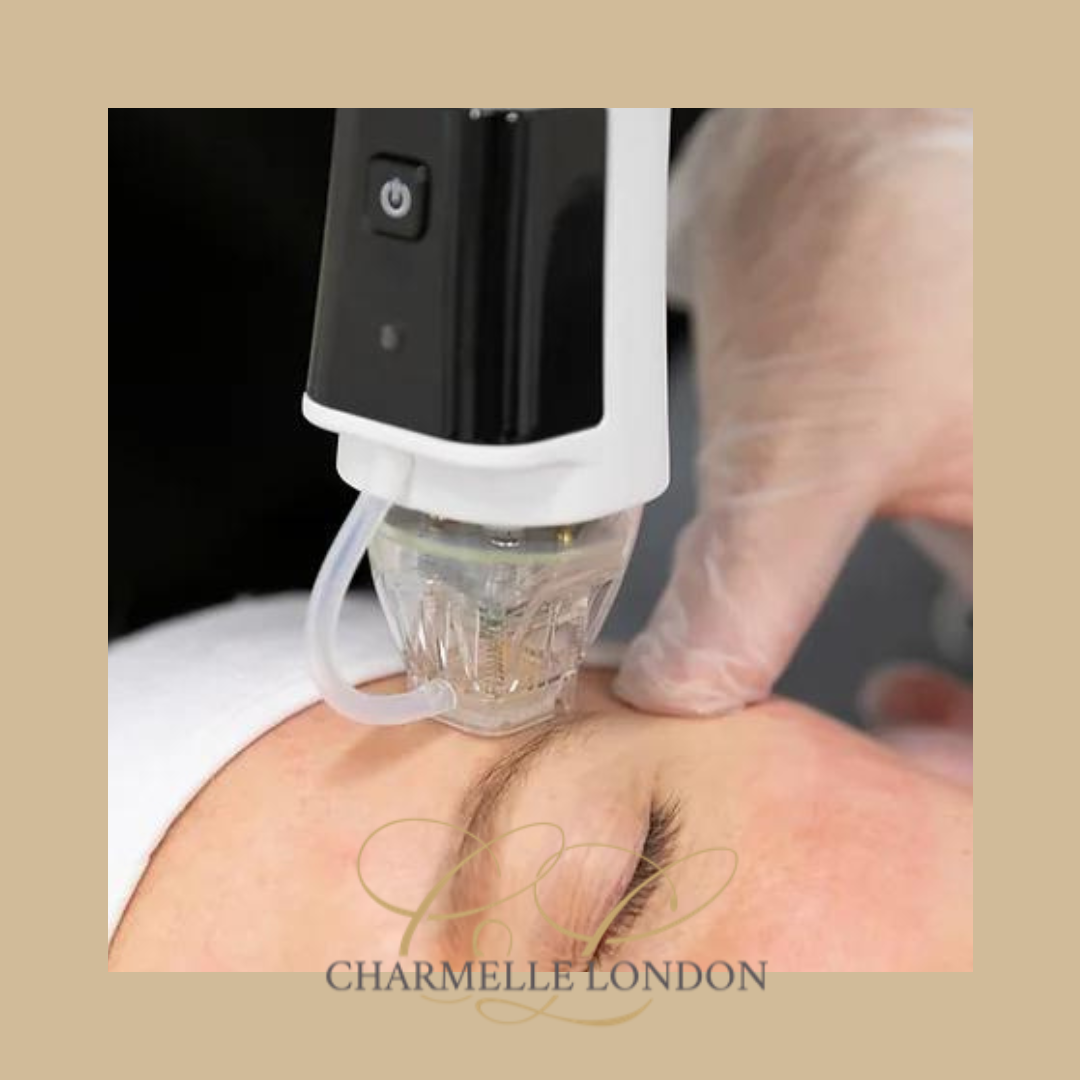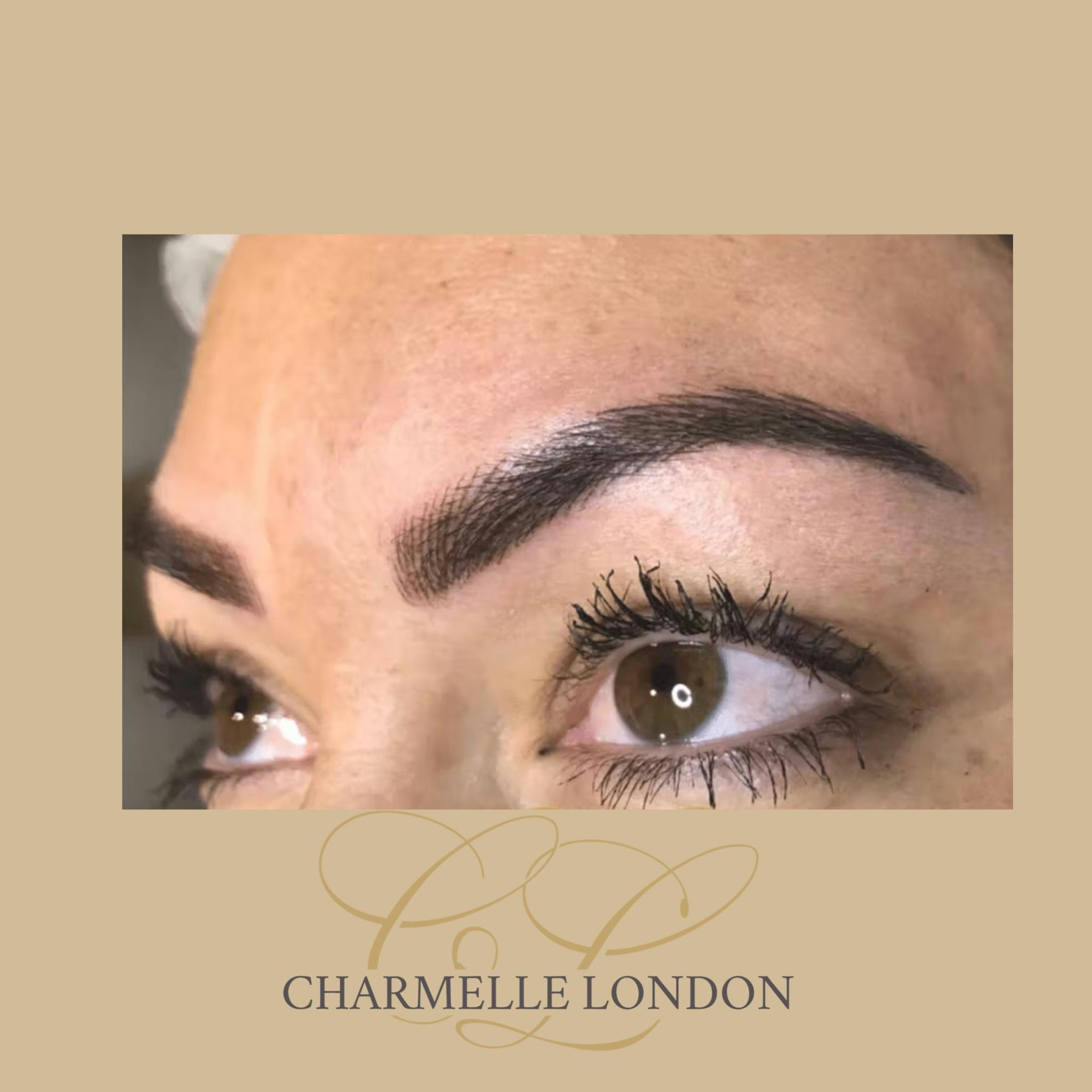Sun Damage
With the possible exception of smoking, sun exposure is the biggest factor in how good the skin on your face looks and how it ages.
It is the ultraviolet (UV) radiation in sunlight which causes changes that can make the skin look older – primarily UVA. In fact, damage caused by exposure to sunlight is responsible for 90% of visible changes in the skin, so we can’t blame age for wrinkles and pigmentation problems as much as the sun.
Photoaging results from cumulative sun damage which builds up over a lifetime, so even if you’re diligent now about using daily SPF, the skin can be exhibiting damage from youth and childhood. What’s more, sun damage isn’t just from sunny holidays and sunburn. Any exposure to the sun can cause damage, even in overcast or snowy conditions.
Due to this, sun damage is one of the most common conditions to affect people; and it can present in various different ways.
HYPERPIGMENTATION
UV rays cause skin cells in the dermis to produce melanin in the epidermis to prevent further damage by blocking radiation. This is the process that gives you a tan, which is designed to give the skin some protection. A tan is really a sign of sun damage.
However, sun damage can cause longer-term pigmentation problems, such as dark spots, freckles, or patchy complexion appearing on your skin. Known as hyperpigmentation, this occurs because the sun’s rays trigger excessive production of melanin, which is responsible for the pigmentation of your skin. Over time, further sun damage could trigger the development of age or sunspots too.
WRINKLES AND FINE LINES
When your sun is exposed to the sun, it ages more quickly. This means you might notice wrinkles or fine lines developing. Common areas for this to occur are on the forehead, around the mouth and around the eyes.
The reason for this is UVA rays again, as these penetrate deep into the dermis, where they damage the collagen and elastin. Elastin normally helps keep the skin elastic and resilient, while collagen gives it texture and rigidity. With reduced collagen and elastin, the skin loses its firm texture and the skin forms wrinkles, creases and sagginess. The skin can appear rough and leathery.
There are many treatments which minimise the effects of sun damage. From injectable treatments to eradicate wrinkles to chemical peels or microneedling to rejuvenate the skin; our experienced doctors can help you to find the most effective treatment for sun damage. By tackling lines and wrinkles, boosting collagen production or removing pigmentation, the most noticeable effects of sun damage can be reversed for a rejuvenated appearance.
Frequently Asked Questions
Wear a sun block or sunscreen daily. Cover your skin as much as possible when exposed to direct sunlight. Wear a wide-brimmed hat to protect your face. Reapply sunscreen regularly and liberally, especially if you are getting in and out of water or sweating a lot. Visit the British Skin Foundation website for more information about spotting the signs of skin cancer.
Some signs of sun damage can be reversed with professional skin treatments. Deep exfoliating treatments such as microdermabrasion and chemical skin peels can help fade stubborn age spots and pigmentation caused by sun damage.
Rejuvenation treatments, such as dermal fillers and lip fillers can be used to help plump out the skin where sagging and wrinkles have appeared due to a depletion in collagen caused by sun exposure. Anti-ageing injectables can be used to relax the facial muscles to help prevent further wrinkles occurring from repetitive movements (for example frown lines on the forehead). Other innovative treatments, such as microneedling, are designed to help stimulate the skin’s natural production of collagen, for a plumping effect. Topical skin creams and other skin products can also help to address the signs of ageing by improving the texture and tone of the skin.
UVA, UVB and UVC radiation has different wavelengths. UVA and UVB are the rays you need to be concerned about when it comes to the health of your skin. They play a key role in premature ageing and skin cancers. UVC rays do not penetrate the earth’s atmosphere and therefore do not reach your skin.UVB is what causes your skin to burn and tends to damage the superficial layers of the skin as it does not penetrate as deeply as UVA. UVA rays are what make your skin tan and also cause premature ageing.Recent studies suggest both UVA and UVB rays can be harmful to your skin’s health.




.jpg&w=3840&q=75)